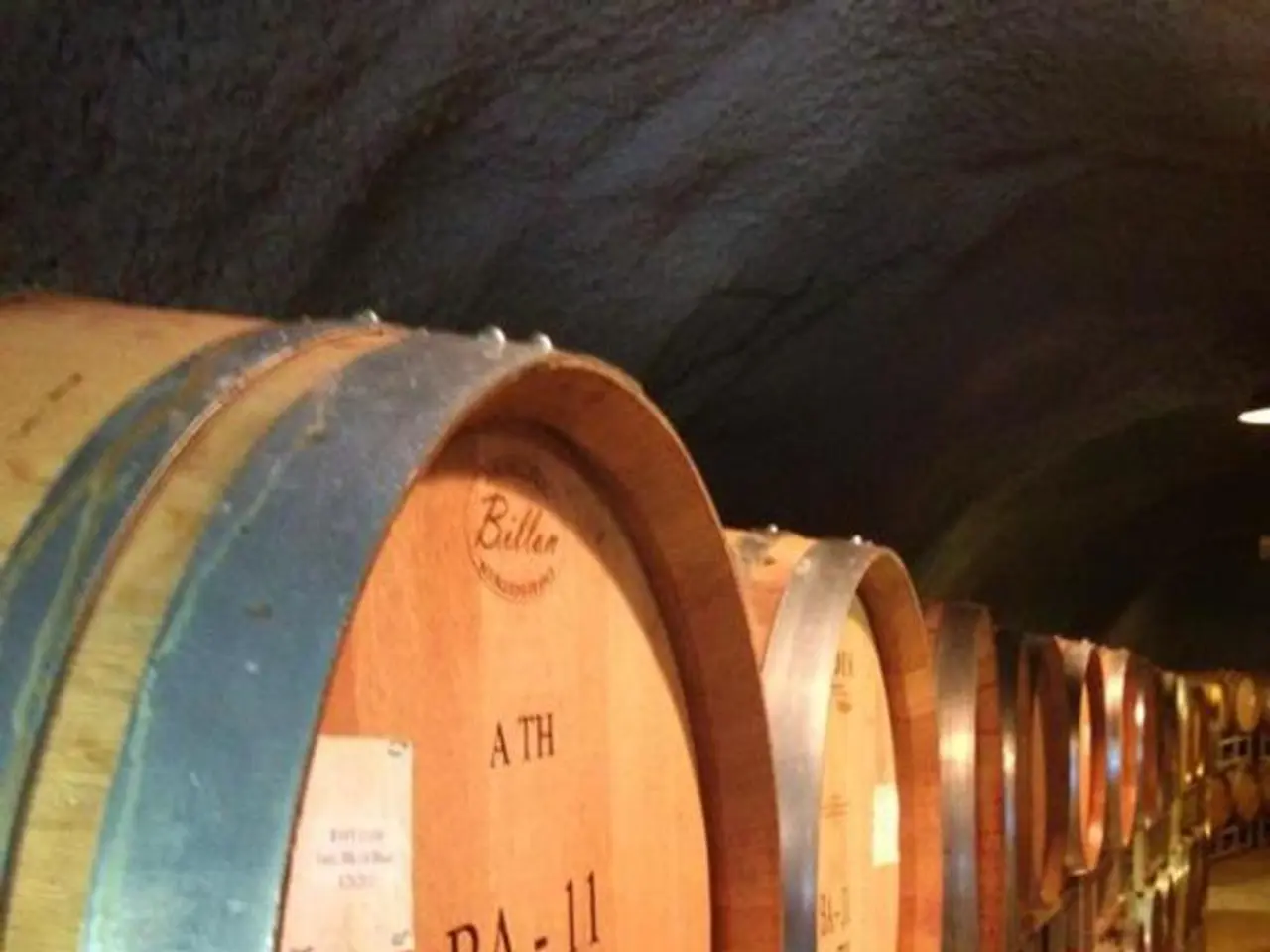Strategic Utilization of Underground Spaces: Journey from Khan Yunis to Fordow
In the realm of military strategy, both Iran and the militant group Hamas have resorted to underground structures to conceal and protect key assets. While sharing similarities in concealment and resilience, these underground systems differ significantly in scale, purpose, and evolution over the past two decades.
Strategic Similarities
Concealment and Resilience
Both Iran's facilities, such as the uranium enrichment sites at Fordow and Natanz, and Hamas's tunnels are built underground to avoid detection and withstand airstrikes or other military assaults. Iran's nuclear sites have been heavily fortified under mountains or deep underground to resist precision bombings, using geological shielding and vibration-damping measures. Similarly, Hamas's tunnels serve to hide personnel, weapons, and movements from Israeli surveillance and airpower.
Compartmentalization and Clandestine Operations
Iran may move towards a highly compartmented clandestine weapons program post-airstrikes, implying dispersed, covert sites possibly underground. Hamas's tunnels are used for secretive infiltration and smuggling, allowing for surprise attacks and sustained resistance despite blockades.
Strategic Implications
Deterrence and Continuity
Iran's deeply buried sites aim to preserve nuclear and military capabilities even after devastating strikes, complicating enemy targeting and potentially extending the time required to degrade its programs. Hamas's tunnels provide operational continuity for movement and attacks under Israeli blockades or during conflict, sustaining asymmetric warfare capability.
Challenges for Attackers
Both underground systems illustrate the difficulty in verifying destruction and damage. For Iran, battle damage assessment is complicated by the depth and fortification of facilities, making strikes only partially effective and intelligence uncertain. Hamas's tunnels are also challenging to detect and destroy completely, necessitating specialized operations.
Evolution Over Two Decades
Iran
Over the last 20 years, Iran has increasingly moved its nuclear and military assets underground as international pressure and threats of strikes escalated, culminating in sophisticated deeply buried enrichment facilities like Fordow, which played a central role in nuclear production but were also targeted recently with massive bomb strikes. Iran also has adapted by possibly dispersing centrifuges and material to avoid total loss.
Hamas
Since the early 2000s, Hamas has developed an extensive tunnel network in Gaza for smuggling, shelter, and surprise attacks. Over time, these tunnels have become more sophisticated in engineering, length, and strategic use, reflecting adaptation to Israeli military tactics and blockade measures. Recent conflicts have highlighted the resilience and tactical value of such tunnels, though Israel has increased efforts to detect and neutralize them.
Key Differences
- Iran’s underground facilities are primarily focused on nuclear enrichment and weapons development with strategic geopolitical implications.
- Hamas’s tunnels mainly serve guerrilla warfare and local tactical purposes within Gaza, facilitating asymmetric conflict and survival under siege.
In summary, Iran's deeply buried facilities and Hamas's tunnels both represent underground defensive and concealment strategies that complicate adversaries' military campaigns. Iran's evolution shows increasing sophistication linked to nuclear ambitions and state-level military resilience, whereas Hamas’s tunnel systems evolved as a response to local conflict conditions and blockade pressures over two decades.
The extent of damage to Iran's nuclear installations and Gaza's tunnel network is often ambiguous due to the use of the underground. Hamas shields data centers under UNRWA offices and top leaders under hospitals and schools, while Hamas has significantly improved its engineering capabilities over the past decade.
- Drones could potentially aid in the monitoring of Iran's underground nuclear facilities, providing real-time intelligence and assessment of their current state.
- In the realm of sports, underwater drones can be utilized for reconnaissance, offering advantages similar to those experienced in military warfare, such as covert observation and structural analysis.
- The military history of both Iran and Hamas shows an emphasis on defense and strategy, with the emergence of defense strategies like the use of underground structures in warfare.
- Considering the resilience and concealment capabilities of underground systems, the integration of drone technology in military warfare could serve to enhance intelligence, surveillance, and overall defense strategies.






